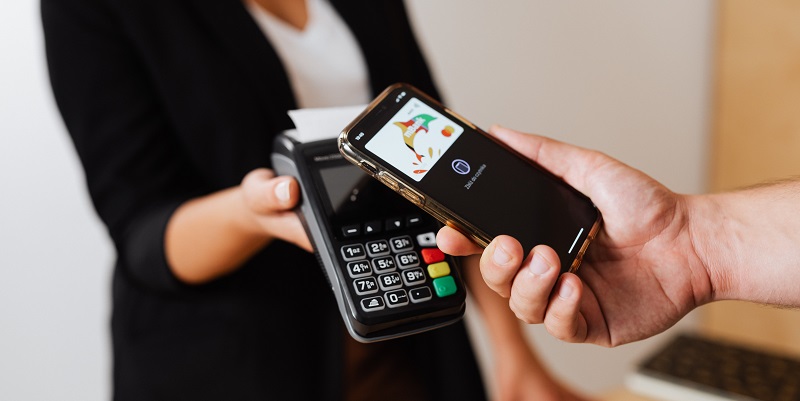The use of digital payment methods has grown exponentially over the past decade. However, the COVID-19 pandemic has accelerated this trend, with the shift towards online and contactless payments becoming more prevalent than ever before. In this article, we will discuss the impact of COVID-19 on the acceleration of digital payment adoption, the regulatory expectations surrounding digital payments, security measures to prevent fraud, the risks of cybercrime, and the future of digital payments.
The Acceleration of Digital Payment Adoption
The COVID-19 pandemic has caused a significant shift in consumer behaviour towards online and contactless payments. With people avoiding physical contact due to concerns over the spread of the virus, digital payments have become the go-to method for transactions. According to a report by PYMNTS, there has been a 20 percent increase in the use of digital payments since the start of the pandemic. Digital payments offer numerous benefits in terms of reliability and efficiency. For example, they can reduce errors associated with manual payment processing and provide faster and more streamlined transactions.
Regulatory Expectations
Regulators expect financial services (FS) firms to prioritize consumer protection against the risk of fraud and ensure that their anti-money laundering (AML) systems and controls are effective. The Financial Action Task Force (FATF) now requires FS firms to perform risk assessments on their customers and monitor their transactions to prevent money laundering and terrorism financing.
Security Measures
One of the biggest concerns surrounding digital payments is the risk of fraud. To prevent this, financial services (FS) firms can provide advanced security measures such as biometric authentication and blockchain technology. Biometric authentication provides enhanced security by requiring a user to provide their unique identifying information, such as a fingerprint or facial recognition, before they can access their account. Blockchain technology, on the other hand, offers an immutable record of transactions that is nearly impossible to hack.
However, as the use of digital payment systems continues to expand, it raises several security issues for FS firms. One example is the risk of cyber attacks. Cybercriminals can target digital payment systems with sophisticated attacks, potentially leading to the theft of sensitive information and financial loss. To address these issues, FS firms can invest in robust security measures such as multifactor authentication, encryption, and tokenization to protect payment data.
Cybercrime and Digital Payment Systems
The use of digital payment systems has led to an increase in cybercrime, with cybercriminals specifically targeting these systems with more advanced and sophisticated attacks. Financial services firms that fail to meet expectations and protect against these threats risk losing consumers and damaging their reputation.
The Future of Digital Payments
One significant trend shaping the future of digital payments is the increasing use of blockchain technology. Blockchain technology provides higher security, faster settlement times, and can help reduce fraud. Its immutable nature makes it an attractive option for FS firms, regulators, and consumers. To meet the evolving needs of consumers, financial services firms will need to stay agile and adaptable. They must be able to quickly adapt to changing trends, customer expectations, and technological innovations. This agility requires a culture of innovation, investment in technology, and a continuous improvement mindset.
Conclusion
Digital payments have become an integral part of our lives and their adoption will only continue to increase in the future. The convenience and efficiency of digital payments have made them a favorite among consumers, but cybercrime is a significant concern. Therefore, financial firms must prioritize consumer protection, invest in innovative technology, and remain agile to stay ahead of the risks posed by cybercrime and meet the evolving needs of their consumers.

